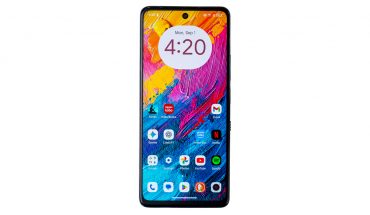
By Gadjo Cardenas Sevilla
We’re using more data than ever and it is starting to cost us extra. The constant need for streaming music and video, network-heavy games and apps, social media as well as text, voice and video communication functions have us draining our data faster than ever before.
Even while carefully monitoring my data use on my iPhone, I find that I can easily burn through my 6 gigabyte Telus data plan days before the plan renews. I found this baffling and investigated my usage and why I was using up so much.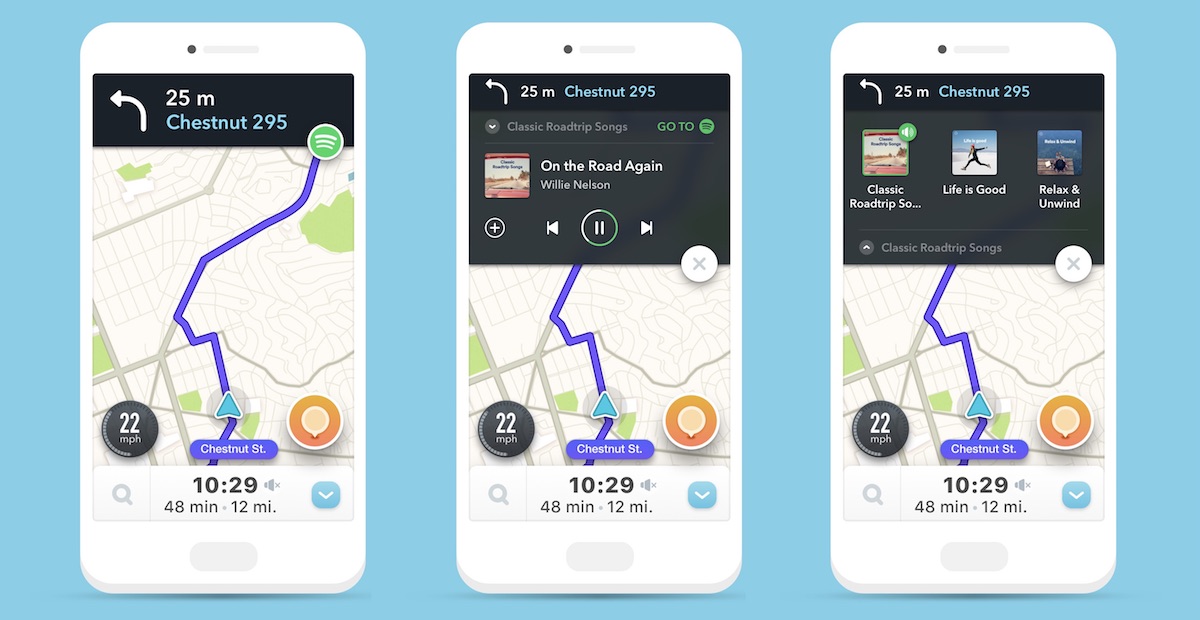
There are clearly times when, even if I am at home with a strong Wi-Fi signal, my device will opt to use the cellular data. This becomes problematic when I’m dealing with larger software or system updates or updating video.
What takes up the most data?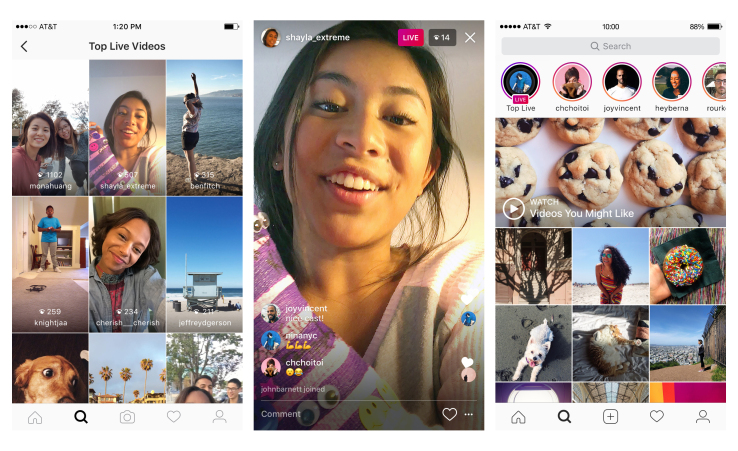
We now stream a lot of content to our phones. Music services like Spotify or Apple Music keep us constantly entertained or energized when we’re working out, all these files and playlists add up. I constantly listen to podcasts and often stream them as they arrive. This adds up to hundreds of megabytes used. It would be smarter to download these at home where Wi-Fi is faster and costs a lot less.
If your stream video from YouTube or Netflix, you’re looking at three or four times the bandwidth requirements (even more if you’re streaming in HD). Those of us who use Instagram to share photos and videos will see your data usage spike exponentially. Netflix and Amazon Prime Video allow you to download videos via Wi-Fi and play them later.
If you play certain games that require a lot of data (the popular Pokemon GO, needs data plus GPS location, and the phone’s camera to generate Augmented Reality (AR) monsters) this adds up quickly.
Using your smartphone to navigate using mapping apps or services like Waze which offer real-time location, traffic and peripheral information (red light cameras, police presence, potholes) all take a lot of data as well.
Tips to avoid going over your data limits
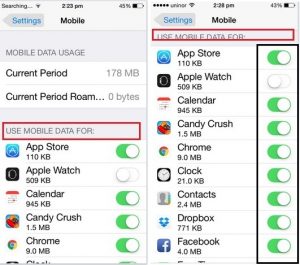
It is possible to reduce the amount of data used by your smartphone. The easiest and most direct way to do this is to manually shut off cellular data on your phone when you are at the home, office or anywhere with a decent and constant Wi-Fi connection.
You’ll still get calls and text and other data-intensive tasks will use Wi-Fi. You just need to ensure to turn back cellular data on when you need it or are out and about.
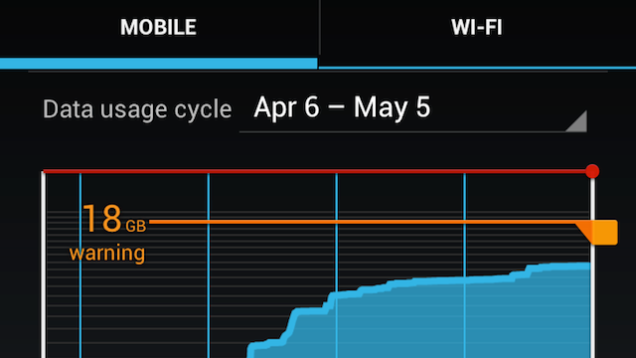
You can manually set limits on which apps or services can access cellular data. On iOS, you can see which apps have been greedily feeding off your data allotment and can turn off the tap. Android can warn you when you are close to hitting your pre-set limit.
It also makes sense to download content like music, podcasts and videos ahead of time. Some apps allow you to download only when a Wi-Fi connection is available.
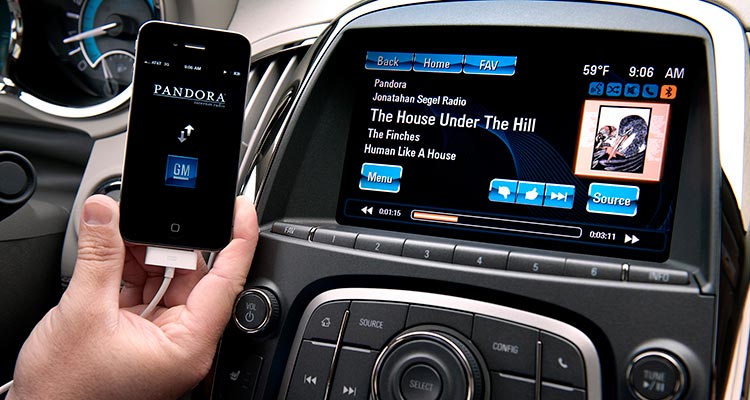
Being smart and mindful of what is running on your mobile devices can help curtail the unpleasant shock of using up data prematurely or running out of data days before the next cycle is set to begin.
Setting or deleting apps that use cellular data will go a long way to saving you money.



